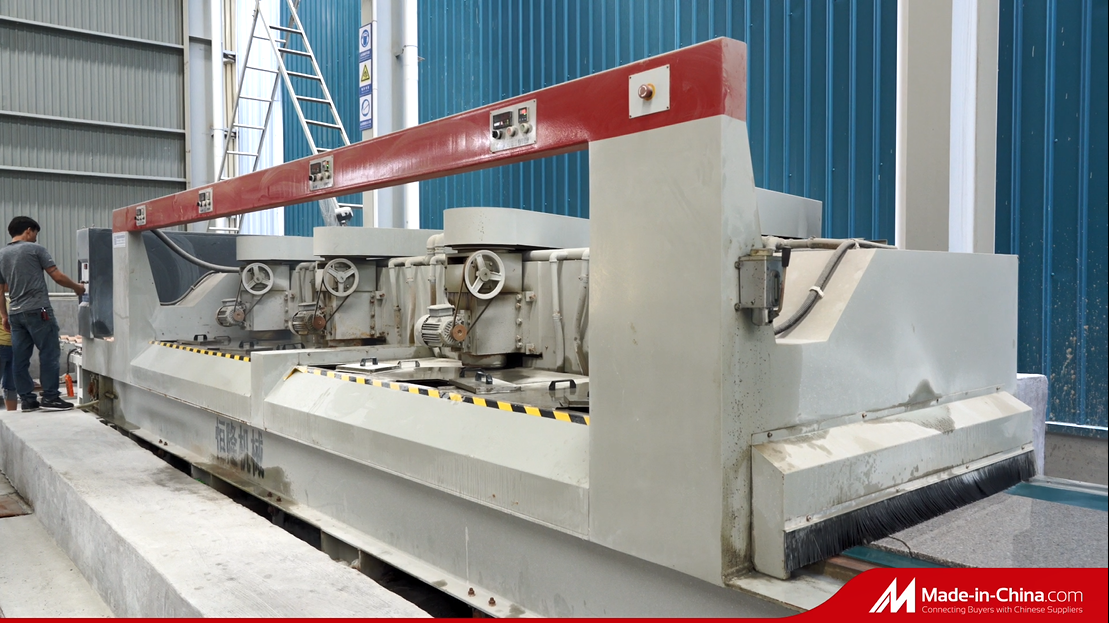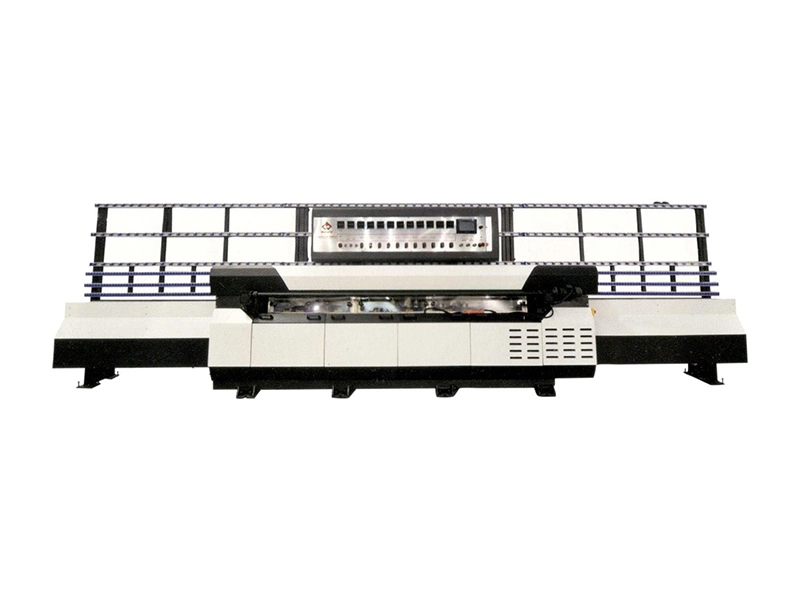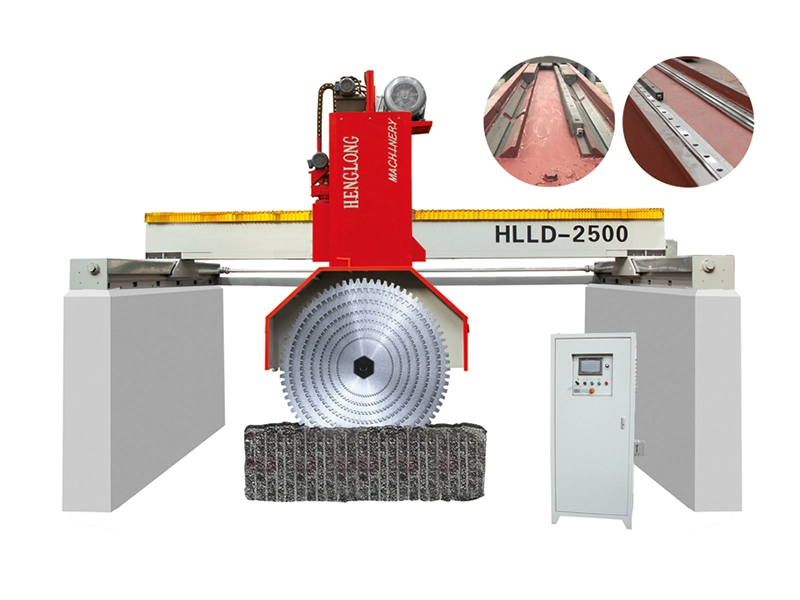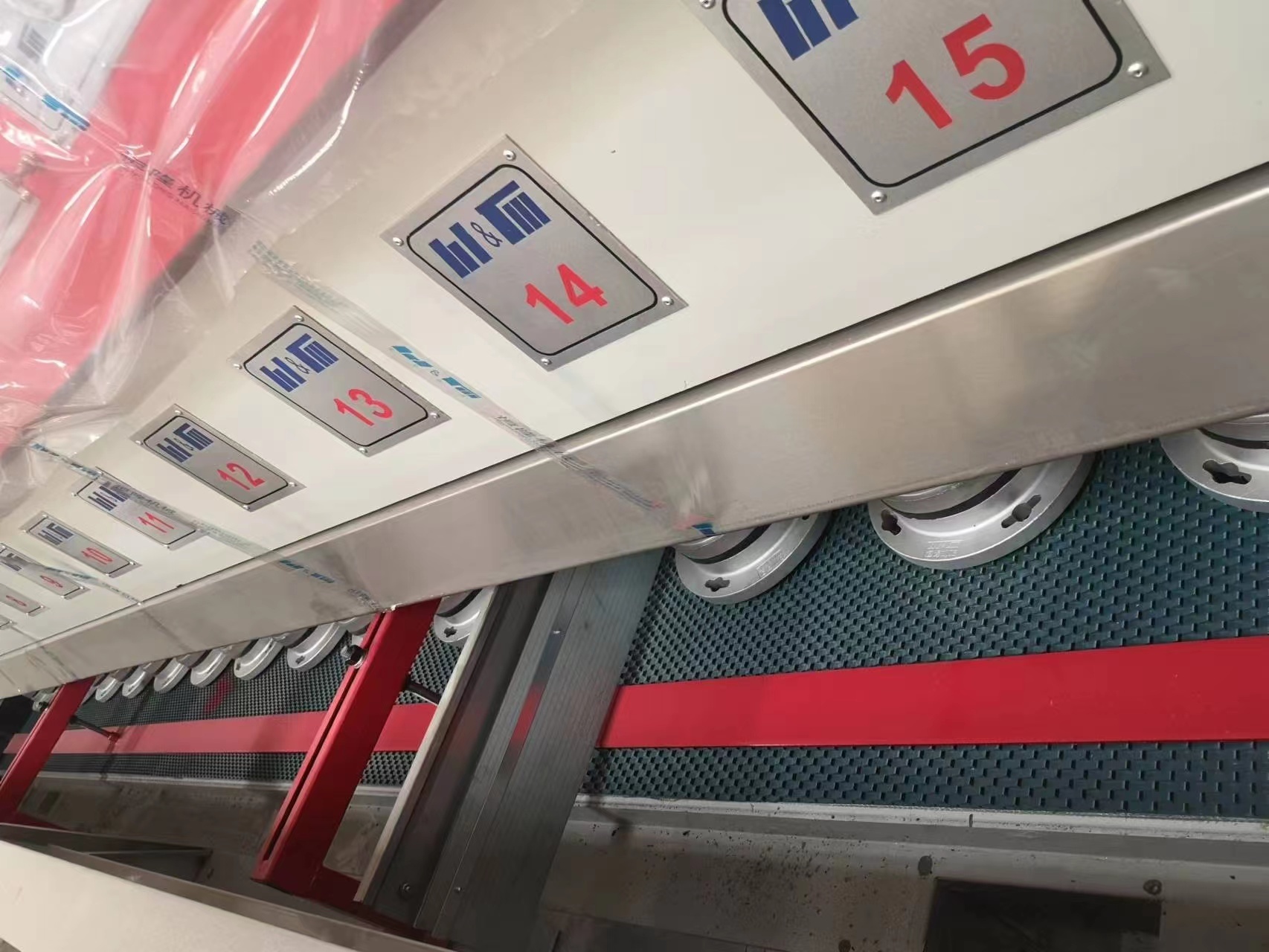Granite Finishing: How Polishing Machines Transform Your Projects
Time:
Jan 25,2025
Granite Finishing: How Polishing Machines Transform Your Projects
In the realm of stonework, **granite** stands out for its elegance and durability. However, achieving a flawless finish on granite surfaces can be a challenging task. This is where **polishing machines** come into play, revolutionizing the way we approach granite finishing. By utilizing advanced technology and efficient processes, these machines not only save time but also enhance the quality of the final product. In this comprehensive guide, we delve into the ways polishing machines transform granite projects, ensuring a smooth, shiny, and professional finish that meets clients' high standards.
Table of Contents
- Understanding Granite Finishing
- The Importance of Polishing in Granite Finishing
- Types of Polishing Machines for Granite Projects
- How Polishing Machines Work
- Advantages of Using Electric Polishing Machines
- Best Practices for Polishing Granite
- Maintenance of Polishing Machines
- Frequently Asked Questions
- Conclusion
Understanding Granite Finishing
Granite finishing involves several processes aimed at refining the surface of granite to achieve a desired look and feel. This process can include cutting, grinding, honing, and ultimately polishing. Each step plays a crucial role in preparing the granite for its final use, whether it be for countertops, flooring, or decorative elements. Understanding these stages is essential for selecting the right tools and techniques for your project.
The Stages of Granite Finishing
The journey to a beautifully finished granite surface typically includes:
- Cutting: Sizing the granite slab to the required dimensions.
- Grinding: Removing rough edges and imperfections from the stone surface.
- Honing: Creating a smooth, matte finish through finer abrasives.
- Polishing: Achieving a glossy, reflective surface through specialized polishing techniques.
The Importance of Polishing in Granite Finishing
Polishing is one of the most critical steps in the granite finishing process. It not only enhances the stone's aesthetic appeal but also increases its durability and resistance to stains and scratches. A well-polished surface reflects light beautifully, adding depth and vibrancy to the stone's natural patterns and colors.
Enhancing Aesthetics and Value
In high-end applications, such as kitchen countertops and bathroom vanities, a polished finish can dramatically increase the value of the installation. Homeowners and business owners alike appreciate the elegant look of polished granite, making it a sought-after material in construction and design.
Types of Polishing Machines for Granite Projects
When it comes to polishing granite, various machines cater to different needs and project sizes. Understanding the different types of polishing machines is essential for selecting the right equipment for your specific project.
1. Handheld Polishing Machines
Handheld polishing machines are ideal for smaller projects or for polishing edges and corners. Their portability allows for greater control, making them perfect for intricate work.
2. Floor Polishers
Floor polishing machines are designed for large surface areas. These machines typically feature multiple heads that rotate to cover significant areas efficiently, ensuring a uniform and shiny finish.
3. Bridge Saw Polisher
Bridge saw polishers are heavy-duty machines used for finishing large granite slabs. They combine cutting and polishing capabilities, making them versatile tools for professional stone fabricators.
How Polishing Machines Work
Polishing machines operate on the principle of abrasion. They use pads or discs made of various materials to grind down the surface of the granite. The process typically involves several steps, each using different grits of abrasives to gradually refine the surface.
The Polishing Process
The standard polishing process involves:
- Preparation: Cleaning the granite surface to remove any dirt or debris.
- Coarse Abrasives: Using coarse pads (grit 50-200) to remove heavy scratches and imperfections.
- Medium Abrasives: Progressing to finer pads (grit 400-800) to refine the surface.
- Fine Abrasives: Using fine pads (grit 1500-3000) for the final polish.
- Buffing: Applying a buffing pad with polishing compounds to achieve a brilliant shine.
Advantages of Using Electric Polishing Machines
Electric polishing machines offer numerous advantages over traditional hand polishing techniques, making them a preferred choice for many professionals in the industry.
1. Increased Efficiency
Electric machines can cover larger areas in a fraction of the time it takes to polish by hand. This efficiency not only speeds up project turnaround but also allows for more consistent results.
2. Consistent Quality
The mechanical operation of polishing machines ensures uniform pressure is applied across the entire surface, leading to a more consistent finish compared to hand polishing.
3. Reduced Labor Intensity
Using machines minimizes physical strain on workers, allowing them to focus on other aspects of the project while the machine handles the hard work.
4. Versatility
Electric polishing machines can be equipped with various pads and discs, enabling them to handle different types of finishes, from coarse grinding to high-gloss polishing.
Best Practices for Polishing Granite
To achieve the best results when polishing granite, following a few best practices can make all the difference.
1. Proper Setup
Ensure the work area is clean and free of debris before starting the polishing process. Proper setup helps prevent scratches and ensures a smooth workflow.
2. Use the Right Grit Sequence
Starting with the appropriate grit and progressing through the sequence is vital. Skipping grits or using too coarse of a pad can lead to an uneven finish.
3. Maintain a Steady Speed
Consistent speed during the polishing process is crucial for achieving an even finish. Keeping the machine at a steady pace helps prevent uneven areas.
4. Regularly Change Pads
Worn pads can lead to subpar results. Regularly changing pads based on the stage of polishing ensures optimal performance.
Maintenance of Polishing Machines
Like any other equipment, polishing machines require regular maintenance to ensure longevity and performance. Following these maintenance tips can help you keep your machines in top shape.
1. Clean After Use
After each use, clean the machine thoroughly to remove dust, debris, and polishing residues. This practice prevents buildup that could impair performance over time.
2. Inspect for Wear
Regularly check pads and discs for signs of wear. Replacing them promptly prevents damage to the granite and ensures a quality finish.
3. Lubrication
Keep moving parts lubricated according to the manufacturer's recommendations. Proper lubrication minimizes wear and tear, prolonging the machine's life.
Frequently Asked Questions
1. What is the best grit to start polishing granite?
Beginning with a grit of 50-200 is recommended for removing heavy scratches, followed by progressing through finer grits.
2. How long does the granite polishing process take?
Time can vary based on project size and the level of finish required, but smaller projects typically take a few hours, while larger installations may take several days.
3. Can I polish granite without a machine?
While it's possible to polish granite by hand, using a machine significantly improves efficiency and consistency in the finish.
4. What safety measures should I take when polishing granite?
Always wear appropriate safety gear, such as gloves, goggles, and masks, to protect against dust and debris during the polishing process.
5. How often should polishing machines be maintained?
Regular maintenance after each use, along with periodic deep inspections, ensures optimal performance and longevity.
Conclusion
The transformation of granite through polishing machines is a game-changer in the stone fabrication industry. By understanding the importance of polishing, the types of machines available, and the best practices for use and maintenance, professionals can achieve stunning results that elevate their projects. From enhancing the aesthetic appeal to increasing durability, polishing machines offer unparalleled advantages for granite finishing. Investing in the right equipment and techniques will ensure that every project reaches its full potential, resulting in beautiful, long-lasting granite surfaces that stand the test of time.
RELATED NEWS









